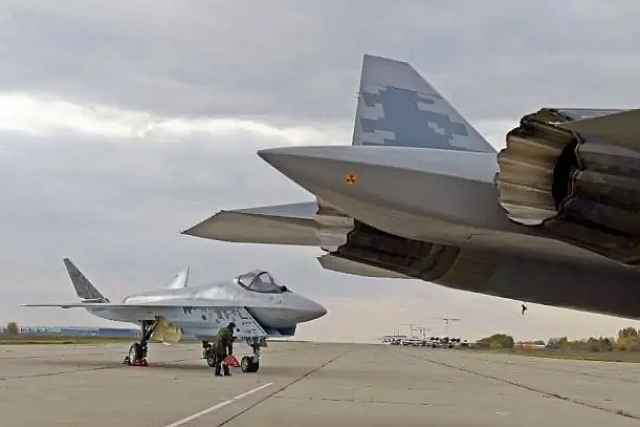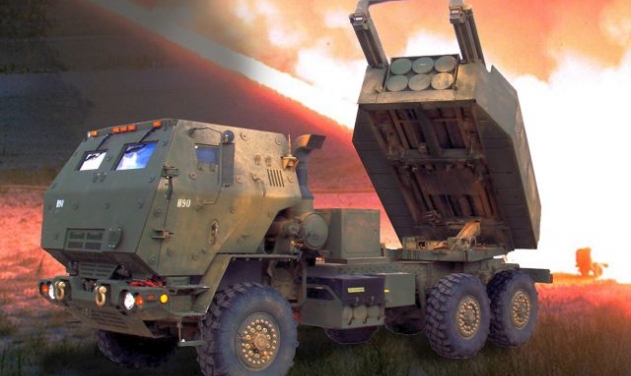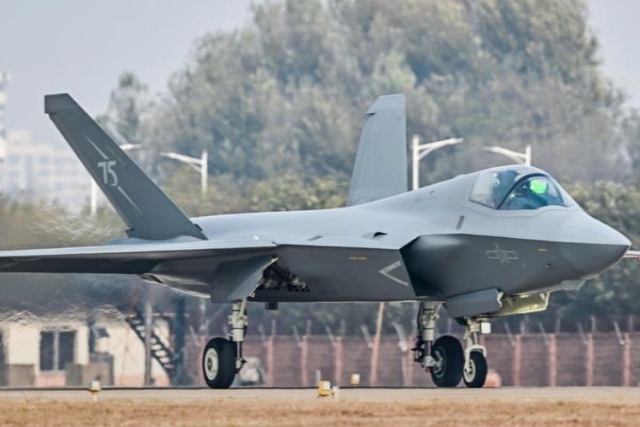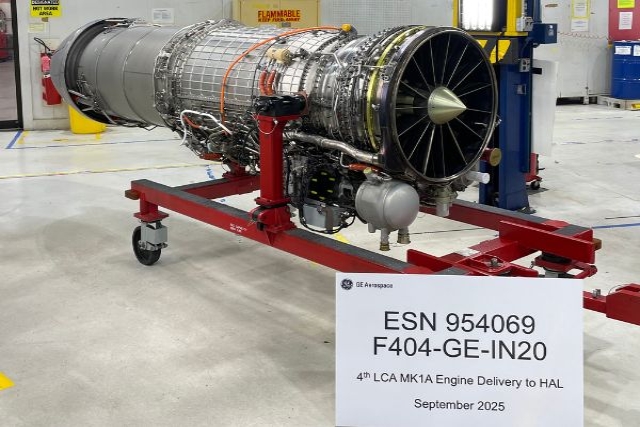Death of INF Treaty Gives Birth to New Missiles
The Collapse of the Intermediate-Range Nuclear Forces (INF) Treaty has spawned new long-range missiles, while older ones have been improved as China, Russia, United States and North Korea rush to cock their nuclear guns in a free-for-all world.
Defenseworld.net looks at some of the new and improved missiles recently tested by the nuclear-armed nations.
China- Dongfeng-41, Dongfeng 5
Russia- RSM-56 Bulava, RS-28 Sarmat
U.S.A - LGM-30G Minuteman III, Trident D-5
North Korea- Hwasong-14, Hwasong-15
Dongfeng-41
China unveiled DF-41 on Oct 1, 2019 on National Day military parade.
This is solid-fuelled road-mobile intercontinental ballistic missile.
Dongfeng 5
It is a silo-based intercontinental ballistic missile. On January 21, 2017 China tested a new variant of the missile.
2 variants: DF-5B (deployed in 2015 upgraded to carry MIRVed warheads), DF-5C (equipped with 10 MIRVs).
RSM-56 Bulava
Bulava is an intercontinental-range, submarine-launched, solid propellant ballistic missile.
Carried test on August 24, 2019.
RS-28 Sarmat
This is a Russian liquid-fueled, MIRV-equipped, heavy thermonuclear intercontinental ballistic missile that can carry 10 tons of payloads.
LGM-30G Minuteman III
The Minuteman III intercontinental ballistic test missile launched on October 2, 2019.
Trident D-5
The UGM-133 Trident D-5 was recently launched on September 6, 2019.
This is a three-stage, solid-fueled submarine-launched intercontinental-range ballistic missile.
Hwasong-14
Mobile intercontinental ballistic missile developed by North Korea was launched on 4 July, 2017.
Hwasong-15
North Korea tested the Hwasong-15 for the first time on November 28, 2017 claimed that the missile can carry a “super-large heavy warhead.
According to the 2019 Strategic Digest North Korea's Hwasong-15 ICBM is capable of reaching anywhere in the US mainland said the United States Forces Korea (USFK).









